Best small studio monitors 2025: Compact speakers from budget to professional
The best speakers for small studios and portable use, from KRK, Focal, IK Multimedia and more
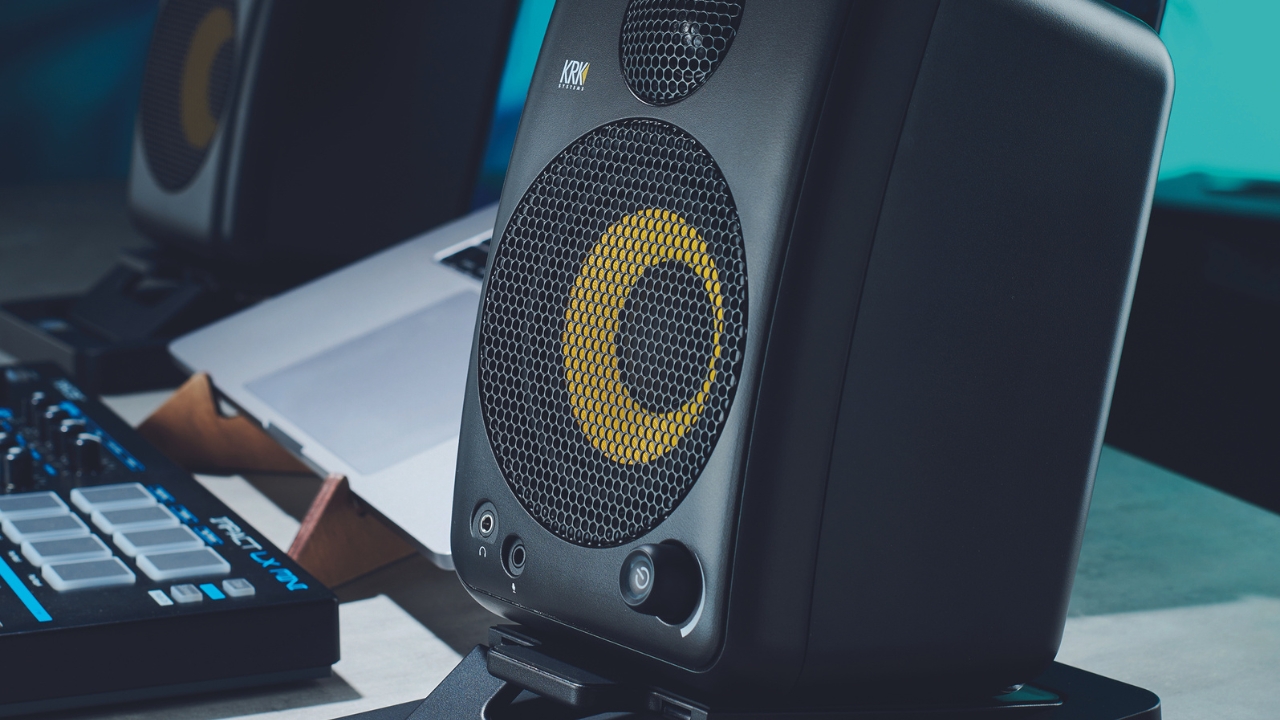
If you're a musician on the move, having a pair of the best small studio monitors as part of your travel rig can really help elevate your mixing. With huge advances in speaker technology over the last few decades, it's now possible to find an excellent pair of studio monitors that are small enough to fit into a backpack, yet powerful enough to deliver mix-worthy sound.
Far more important than the brand or type of speakers you use, knowing your monitors intimately is the key to crafting truly great mixes. That's why sometimes it's better to bring your monitors with you when mixing in a different location. Unfortunately, if you've got a pair of 8-inch woofers then packing them in your bag is unrealistic, which is where you'll need a more travel-friendly pair.
The range of portable mixing speakers available today is really quite good, whether you're looking for your first pair or you want something professional studio-grade. Some of these speakers are specifically designed for travel use, whereas others are just the smallest version of a more permanent studio set, so you can cover both bases with our selection.
Our top picks

Not so long ago, the idea of finding a set of compact monitors with the clout required for serious music production was somewhat unthinkable, but IK’s iLoud Micros prove that small speakers don’t have to sacrifice on sound. Despite the small, 3” drivers, these monitors provide clear and accurate sound, and are capable of surprising volume levels given their size.
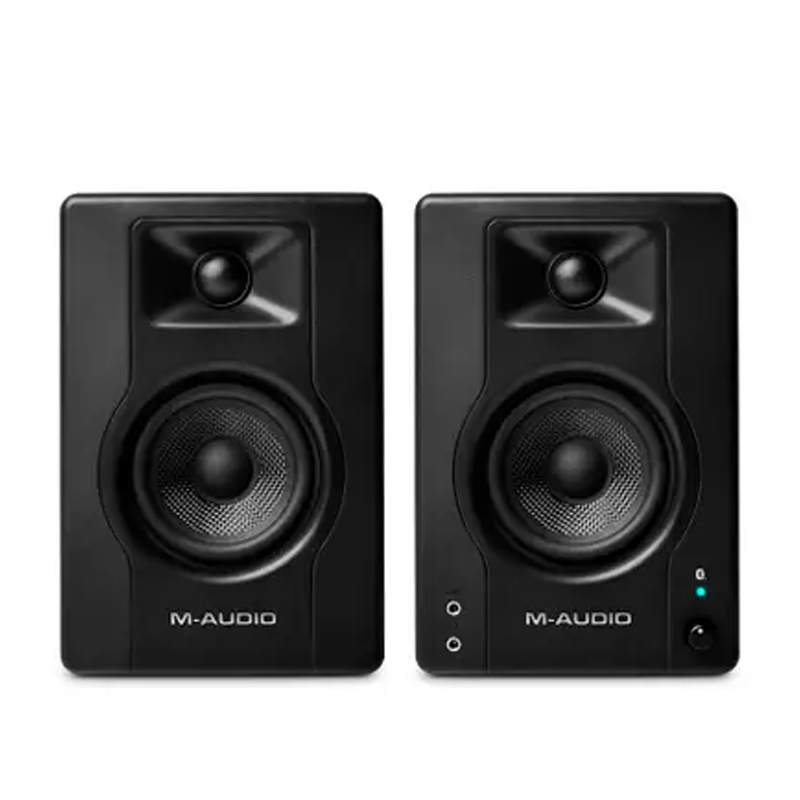
M-Audio has long been one of the most notable brands in the realm of entry-level and budget-friendly music tech gear. The company’s BX monitors are well regarded for offering decent quality at a very reasonable price. These aren’t as small or portable as many of the truly ‘compact’ monitors listed above, but they are some of the best value, studio-quality nearfields on the market.

Genelec’s 8000 series monitors have been on the market in various forms for almost 20 years, and it’s probably fair to describe them as modern classics. Easily recognisable thanks to their distinctive rounded design, which aims to eliminate diffraction for a flatter frequency response, the 8000s are also built to last thanks to their die-cast aluminium build and metal grilles.
Best overall

Specifications
Reasons to buy
Reasons to avoid
Not so long ago, the idea of finding a set of compact studio monitors with the clout required for serious music production was somewhat unthinkable, but IK’s iLoud Micros prove that small speakers don’t have to sacrifice on sound. Despite the small, 3” drivers, these monitors provide clear and accurate sound, and are capable of surprising volume levels given their size.
What’s more there’s a host of features here that make the iLoud Micros flexible for on-the-move use. Room correction EQ is handy, particularly if you plan on using the speakers in different locations and need the ability to adapt to varying spaces.
Mini-jack and RCA input connections mean they can easily connect to a laptop, DJ gear, a home stereo, or make use of Bluetooth for home listening. The lack of larger ¼” jack or XLR inputs make them slightly more awkward to use with an audio interface, although this is easily overcome with cheap adapters.
Read our full IK Multimedia iLoud Micro review
Best budget option
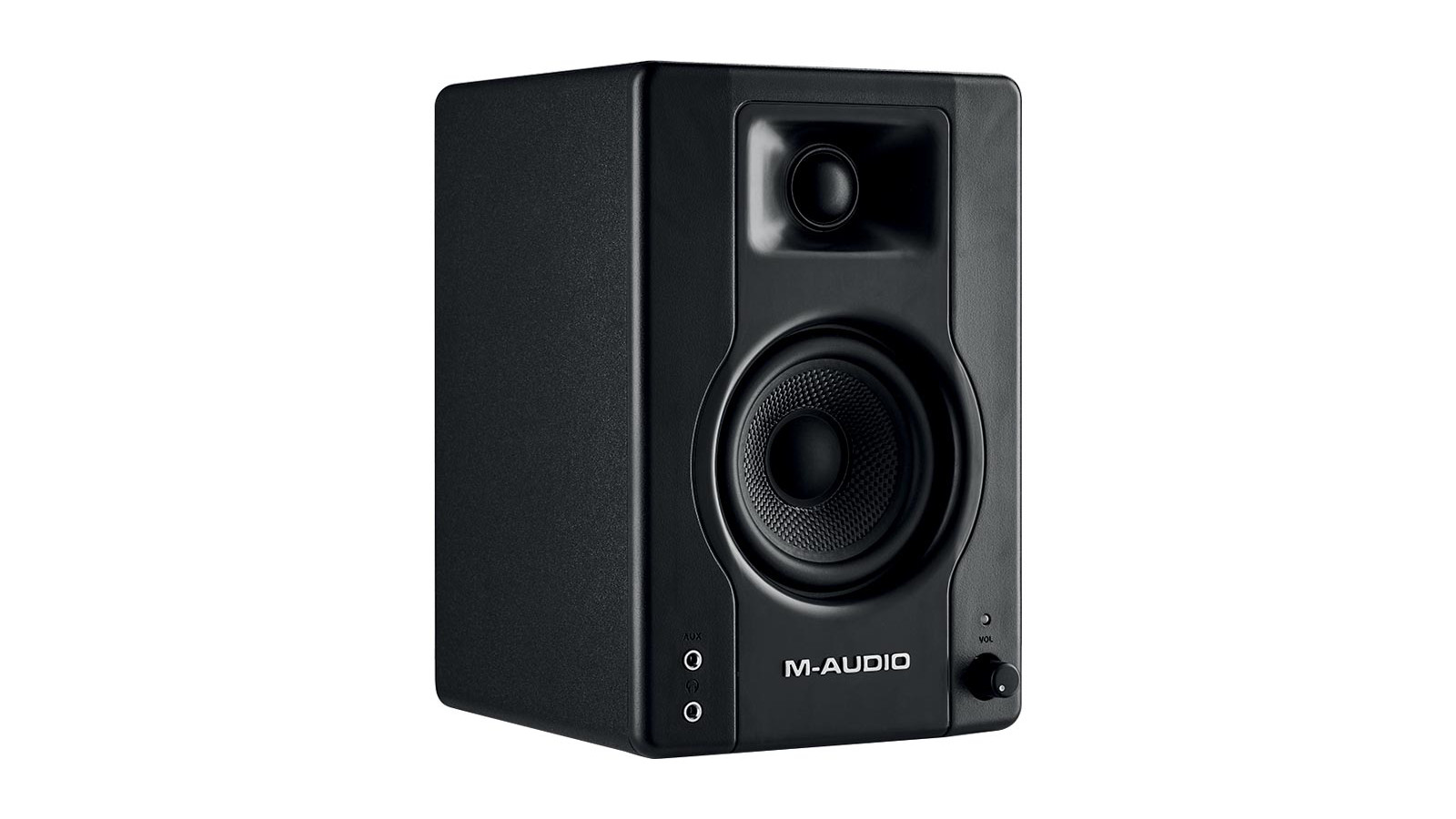
Specifications
Reasons to buy
Reasons to avoid
M-Audio has long been one of the most notable brands in the realm of entry-level and budget-friendly music tech gear. The company’s BX monitors are well regarded for offering decent quality at a very reasonable price.
These aren’t as small or portable as many of the truly ‘compact’ monitors listed above, but they are some of the best value, studio-quality nearfields on the market. If both space and budget is an issue, you could do a lot worse.
There’s no EQ or customisation options here, perhaps unsurprisingly considering the price, but the BX3s do have both RCA and TRS inputs on the rear, plus front panel aux and headphone connections.
Read our full M-Audio BX3 review
Best sound quality
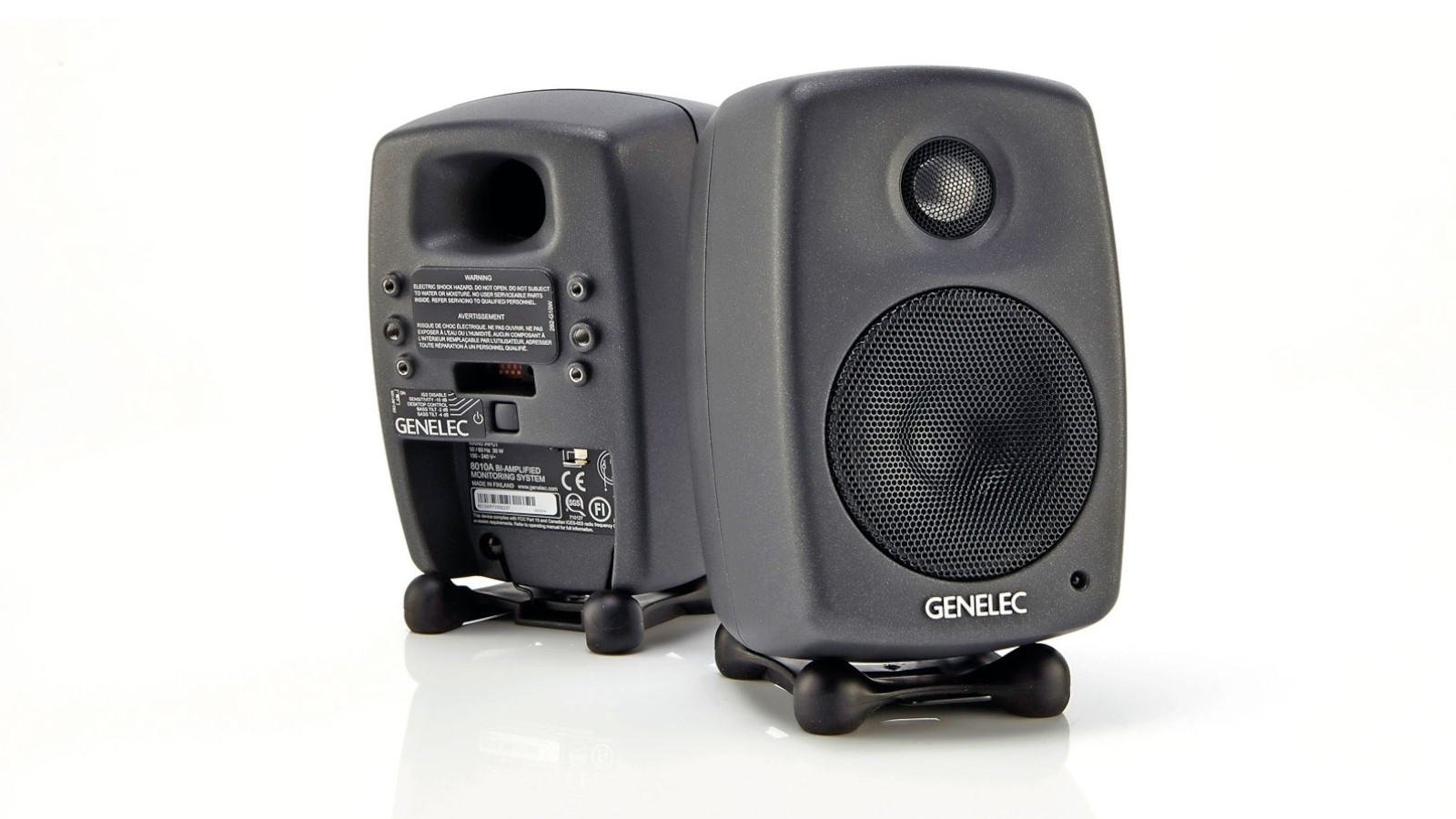
Specifications
Reasons to buy
Reasons to avoid
Genelec’s 8000 series monitors have been on the market in various forms for almost 20 years, and it’s probably fair to describe them as modern classics. Easily recognisable thanks to their distinctive rounded design, which aims to eliminate diffraction for a flatter frequency response, the 8000s are also built to last thanks to their die-cast aluminium build and metal grilles.
The 8010As are the smallest in the range, aimed at those working in tight spaces or putting together a portable production set-up. They come equipped with Genelec’s adjustable Iso-Pod rubber stands, which are designed to help maintain isolation between the monitors and whatever surface they’re placed on, as well as allowing for easy angle adjustment. They can also be easily mounted to a variety of stands and sockets though.
The 8010As are 2-way monitors and have rear-ported (bass reflex) enclosures. Just beneath the port is a recess housing five dip switches. Three contour the low-frequency response: -2dB and -4dB bass tilts which combine for -6dB, and Desktop Control which dips -4dB at 200Hz.
Read our full Genelec 8010A review
Best for travel
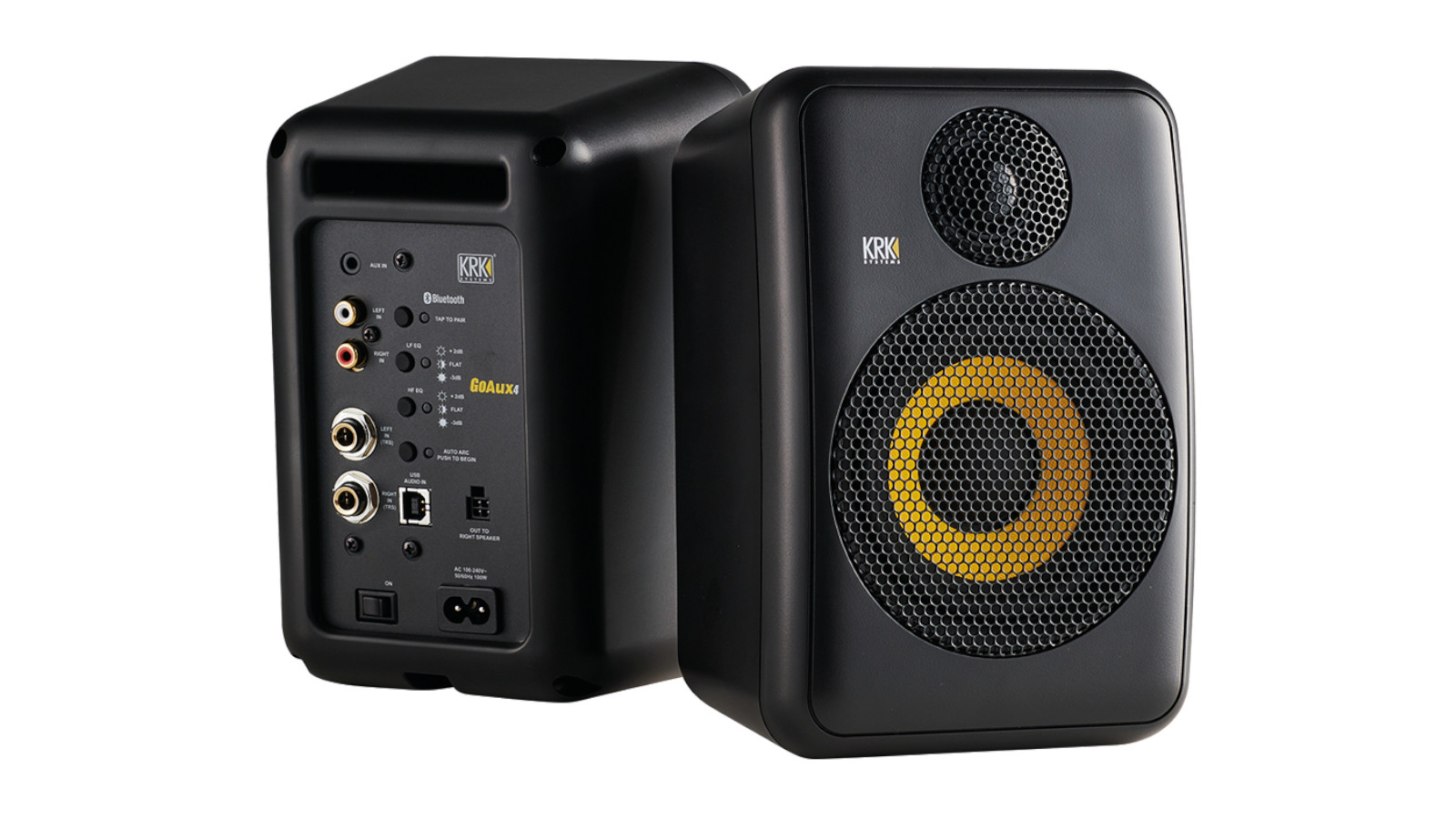
Specifications
Reasons to buy
Reasons to avoid
KRK’s Rokit monitors are some of the most popular speakers for home studios, particularly among electronic musicians. The newer GoAux range takes a lot of what makes those popular – including the distinctive yellow and black look – and puts it into a smaller speaker specifically designed for use on the move.
Sonically, these aren’t quite a match for their larger counterparts – notably in the low-mids, which lack a little presence – but for their size and price they still impress. The high frequencies are not unpleasant and the mid and upper mid-range is reasonably forward. The rear-ported configuration enhances the low end enough so you don’t feel they lack punch.
If your budget stretches to the approx £50/$50 more for the 4s, we’d recommend the upgrade. Not only do you get a larger driver – meaning more power – but that model also adds automatic room correction (ARC). This uses a test tone to apply an automatic corrective EQ curve, allowing the speakers to adapt to new spaces – undoubtedly handy if you plan to use them on the go.
Read our full KRK GoAux 3 and 4 review
Best high-end option

Specifications
Reasons to buy
Reasons to avoid
Unlike some of the explicitly ‘compact’ speakers in this round-up, Focal’s Solo6 monitors aren’t necessarily pitched as being uniquely small. We’re into the realm of standard studio monitors here, although as the smallest speakers in Focal’s range, these are probably the best option you’ll find if you’re looking for a properly high-end, professional-grade monitor suitable for a small studio space.
The Solo6s sound absolutely excellent, and are incredibly honest and detailed. The frequency response extends way up to 40kHz with no distortion, which means it’s possible to listen to mixes with extreme precision while suffering little fatigue. Around the back of the Solo6 you’ll find extensive EQ controls that enable it to sound at its best whatever the room.
These are hand-made monitors and the thick wooden cabinets both look and feel classy. Of course, all of this comes at a fairly substantial price. A pair is likely to set you back well over £/$2k. While that’s money well spent if you want the best possible sound for a small studio, it’s also something of a significant investment.
Read our full Focal ST6 Solo6 review
Best for streaming
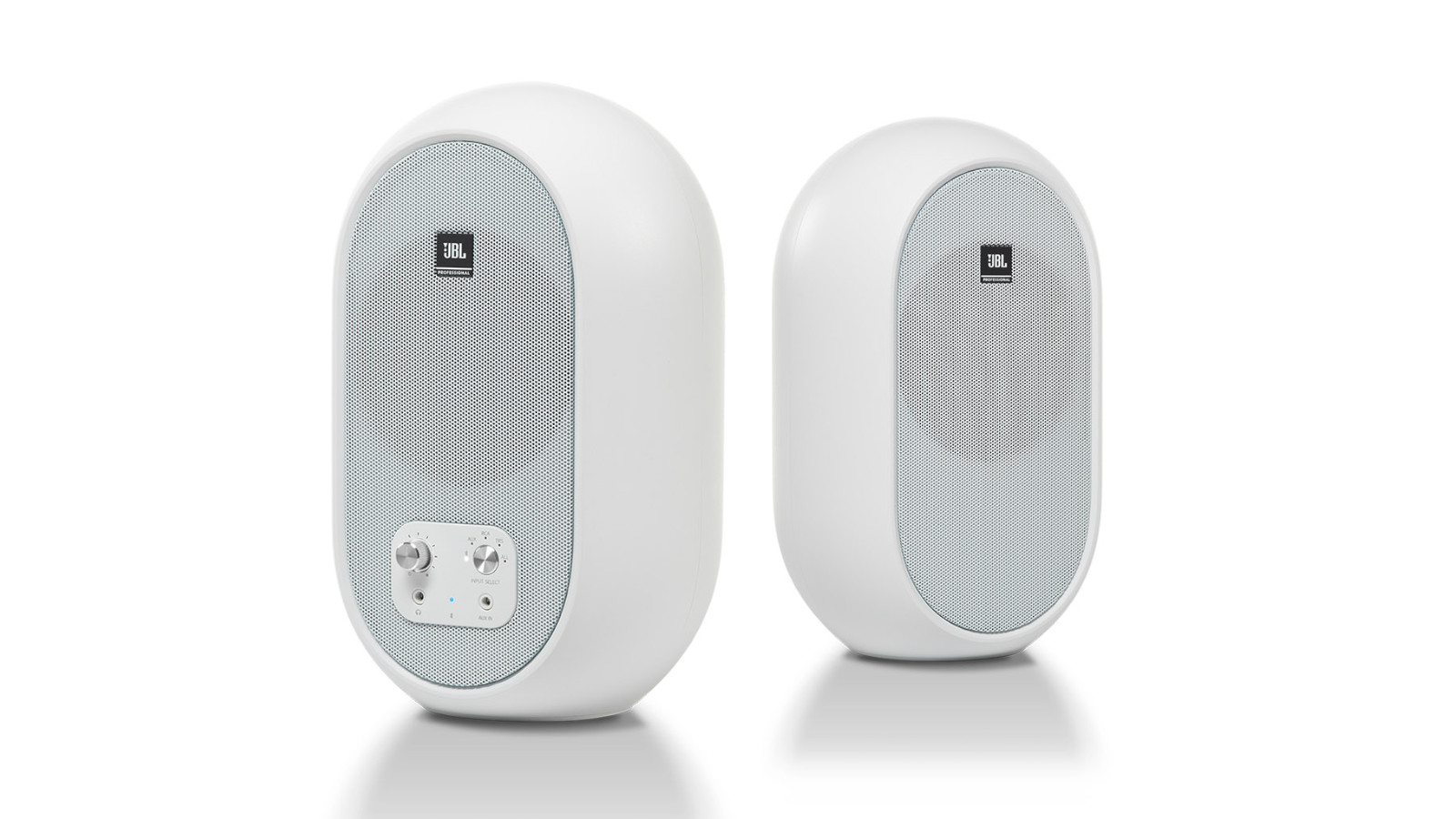
6. JBL One Series 104-BT
Our expert review:
Specifications
Reasons to buy
Reasons to avoid
Like many compact monitors, JBL’s One Series are designed to function in a variety of different scenarios, with features to suit musicians, podcasters and home-listening set-ups alike. Core to this flexibility is the range of inputs – RCA and 1/4” jack inputs can both be used together to connect two sources and a 1/8” input on the front overrides rear connectors. These BT models include Bluetooth 5 too, for wireless use and home listening.
Given their very reasonable price point, these monitors sound impressive too, with plenty of power from the 4.5” driver and decent bass response.
The main drawback here, compared to many comparable monitors, is the lack of any kind of onboard EQ. That means there’s no option to adapt the sound to different spaces when moving from studio to studio (or anywhere else).
More options...
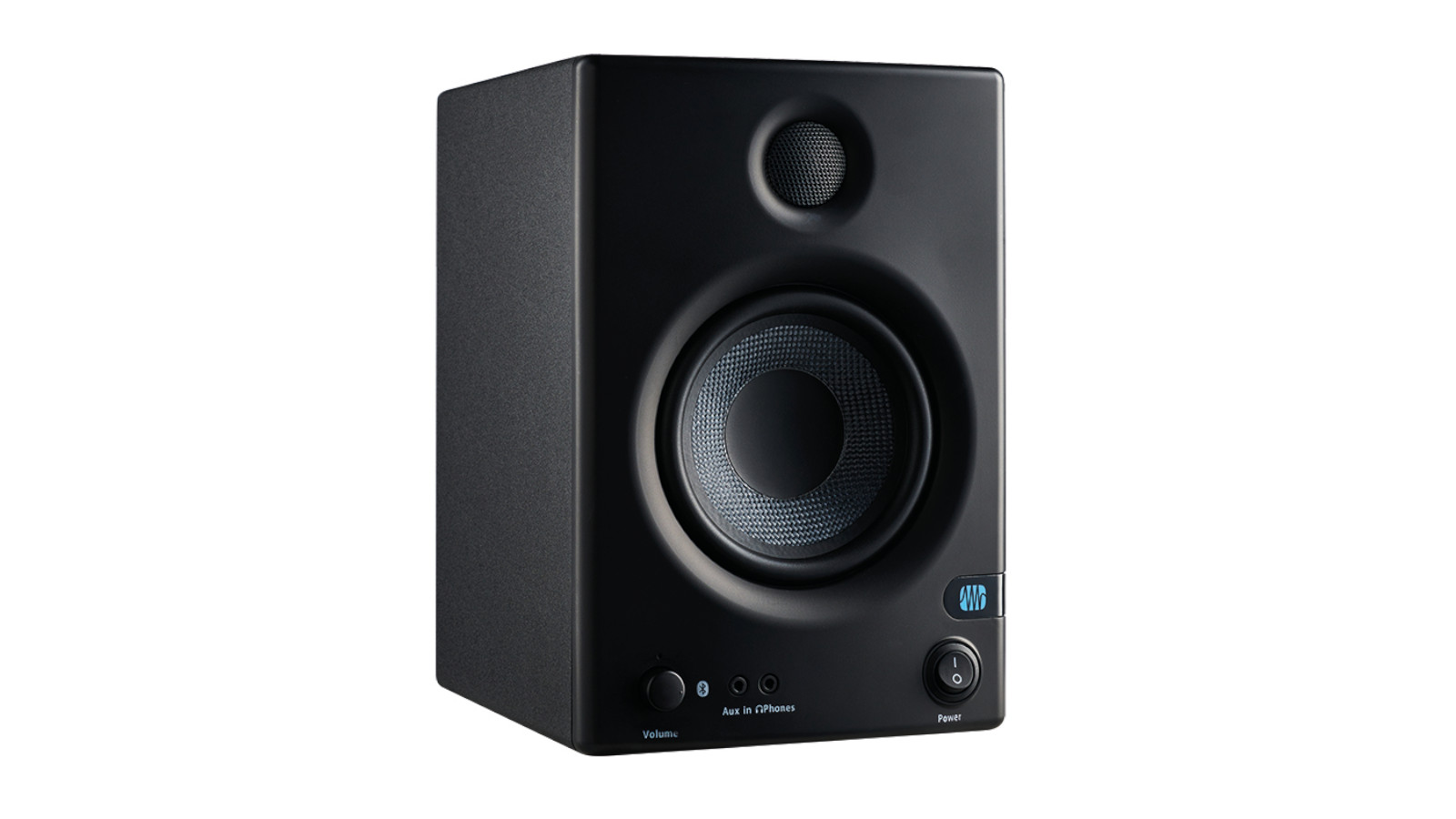
7. PreSonus Eris E3.5 BT
Our expert review:
Specifications
Reasons to buy
Reasons to avoid
While they lack the compact portability of something like the iLoud Micro or JBL One Series, PreSonus’ two-way Eris monitors are certainly small enough for use in small studio spaces. In fact, given their very attractive price point, modest size and broad level of connectivity, these are a perfect first step up for bedroom producers graduating from working purely on headphones to their first proper monitoring set-up.
The low-end reproduction isn’t amazing here – even compared to some more ‘portable’ speakers – but it’s respectable for the price. In our tests we found they suffer a little in terms of sound quality at higher volumes, but given their primary suitability for small spaces, it’s unlikely you’ll need to crank them up too high in any case. Rear panel EQ makes it easy to adjust the overall sound to your studio space too.
This BT model is a shade more than the standard Eris 3.5s. They add Bluetooth alongside the analogue connectivity, which is a handy option if you’re looking to balance production and home listening duties.
FAQs
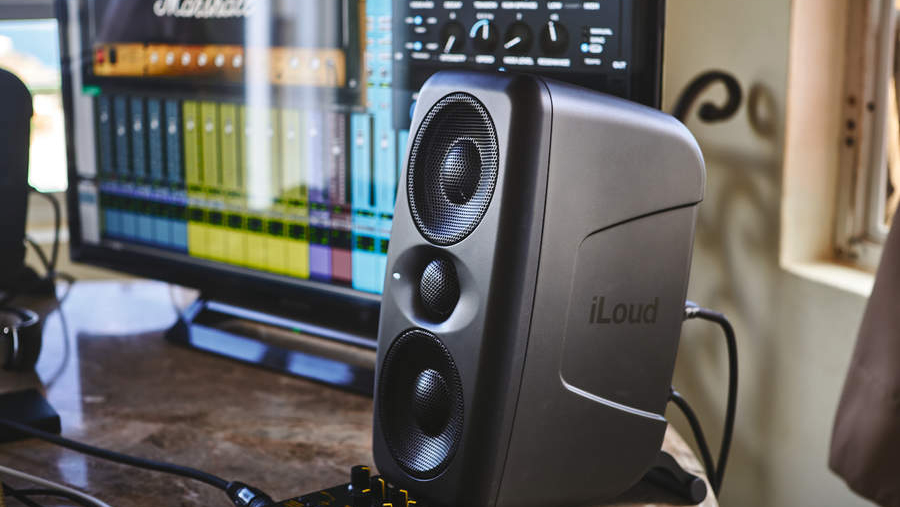
Does studio monitor size matter?
It’s a common misconception that, when it comes to studio monitors, bigger always equals better, and smaller speakers inevitably mean compromising on quality. In reality though, the best size of speakers to purchase will depend on the size of the space you plan to use them in.
All of the speakers discussed in this round-up fall into the category we call ‘nearfield monitors’. These are speakers designed to be placed in close proximity to the user, typically on a desk or stands close behind. A speaker of this kind with a small driver – around 3” to 5”, like many in this round-up – is perfect for a compact studio set-up, but will lack the power to properly translate your mixes in a bigger space. Conversely, overpowered and over-sized speakers used in compact spaces won’t allow for proper positioning and use at appropriate volume levels.
What should I look for when buying small studio monitors?
Beyond the size and sound quality, monitor speakers have a variety of feature options to consider. One major factor is connectivity. You need to consider how you’ll connect them to your laptop, recorder or other device. For many, an audio interface will be required. This connects to the laptop or PC via USB and provides connectivity for audio going in (instruments) and audio going out (monitor speakers). Studio monitors are mostly active, which means they employ their own amplification, and require a power source to do this.
Connection-wise, most of the best studio monitors are generally hooked up to your device via USB, XLR, or by shielded ¼” jack cables – the shielding helps reduce the hum from nearby electrical equipment or lights. Many smaller and portable speakers also include Bluetooth connectivity. We don’t tend to recommend using Bluetooth for production purposes, as it can introduce latency – a delay in the audio signal – but the inclusion of wireless tech is handy if you plan to use your speakers for home listening too.
The final feature to consider is EQ or room correction tools, which are included with some monitors. These allow the user to artificially shape the sound to compensate for the acoustics of the space they’re being used in – for example, cutting some bass frequencies to reduce build. These tools are particularly handy if you plan to use the speakers in a variety of different spaces.
How we test
Here at MusicRadar, we are experts in our field, with many years of playing, creating and product testing between us. We live and breathe everything music gear related, and we draw on this knowledge and experience of using products in live, recording and rehearsal scenarios when selecting the products for our guides.
When choosing what we believe to be the best small studio monitors available right now, we combine our hands-on experience, user reviews and testimonies and engage in lengthy discussions with our editorial colleagues to reach a consensus about the top products in any given category.
First and foremost, we are musicians, and we want other players to find the right product for them. So we take into careful consideration everything from budget to feature set, ease of use and durability to come up with a list of what we can safely say are the best small studio monitors on the market right now.
Our tests for small studio monitors are exactly the same as those we'd perform when using a regular-sized set. We'll look at the overall build quality of the unit, from the tweeters and woofers to the construction of the cabinet. We'll then check out the connectivity and any additional features present such as trim controls or gain boost options. This overview allows us to determine who the product is intended for.
Next up we'll test the sound using our regular set of reference tracks. These are songs we know intimately, professionally mixed and mastered in top-of-the-range studios. Comparing the test set of monitors with our regular set allows us to make a judgement on the quality of their sound, based on years of mixing, mastering, and listening experience.
We'll try and live with any studio monitors we test for a good amount of time, ideally somewhere around the two-week mark. This allows us to gauge how they work over a period of time, and get over that initial rush of getting a new piece of gear. It also gives us time to use the monitors in various situations, whether that's writing music, mixing it, or mastering it.
Find out more about how we test music gear and services at MusicRadar.
Related buyer's guides
MusicRadar's got your back
- Best studio monitor stands: Optimise your home studio
- Best studio monitors under $500/£500: High-range sound on a mid-range budget
- Best budget audio interfaces: record for less than $100/£100
Want all the hottest music and gear news, reviews, deals, features and more, direct to your inbox? Sign up here.
I'm the Managing Editor of Music Technology at MusicRadar and former Editor-in-Chief of Future Music, Computer Music and Electronic Musician. I've been messing around with music tech in various forms for over two decades. I've also spent the last 10 years forgetting how to play guitar. Find me in the chillout room at raves complaining that it's past my bedtime.
- Matt McCrackenJunior Deals Writer